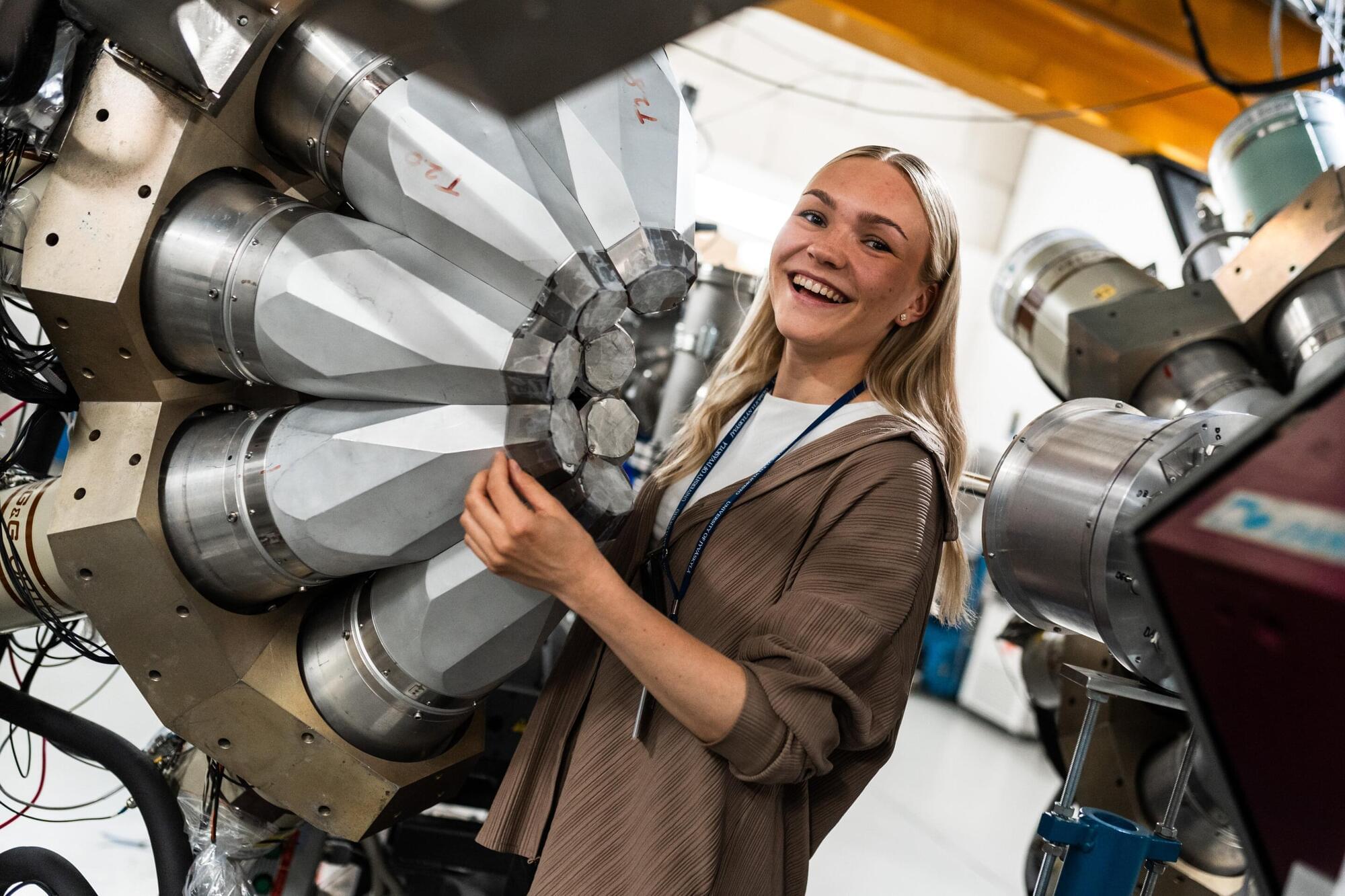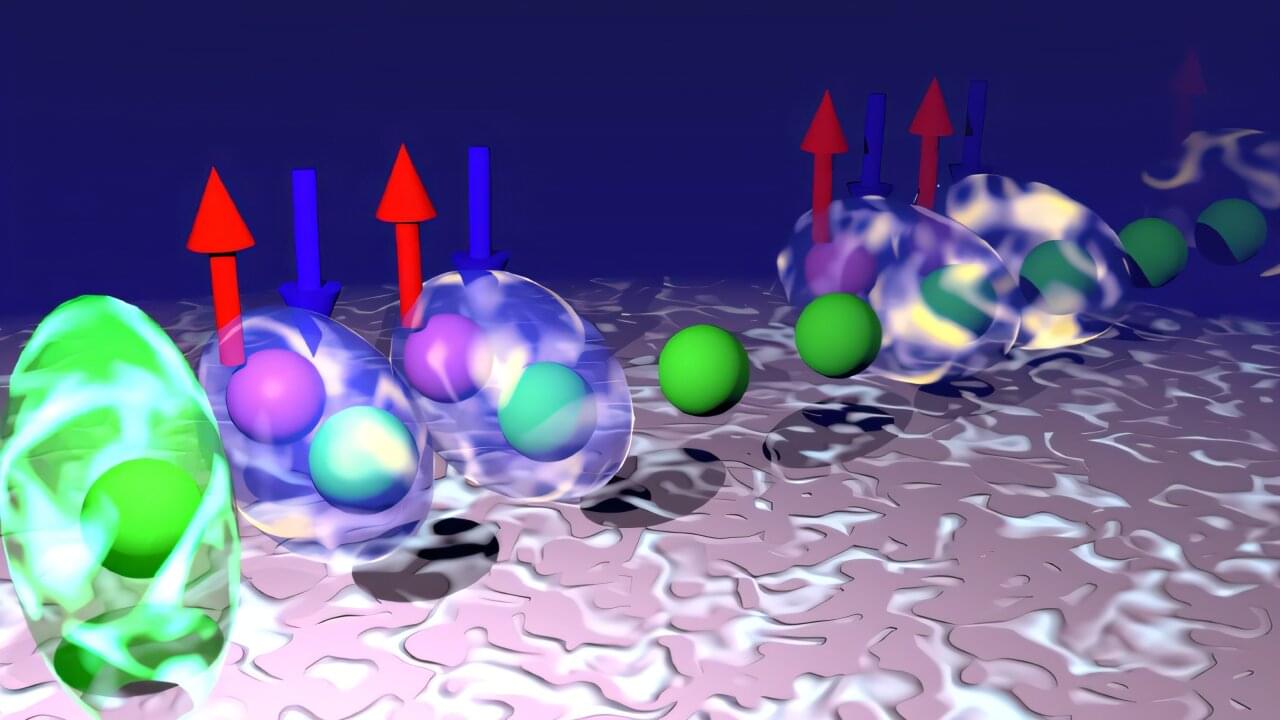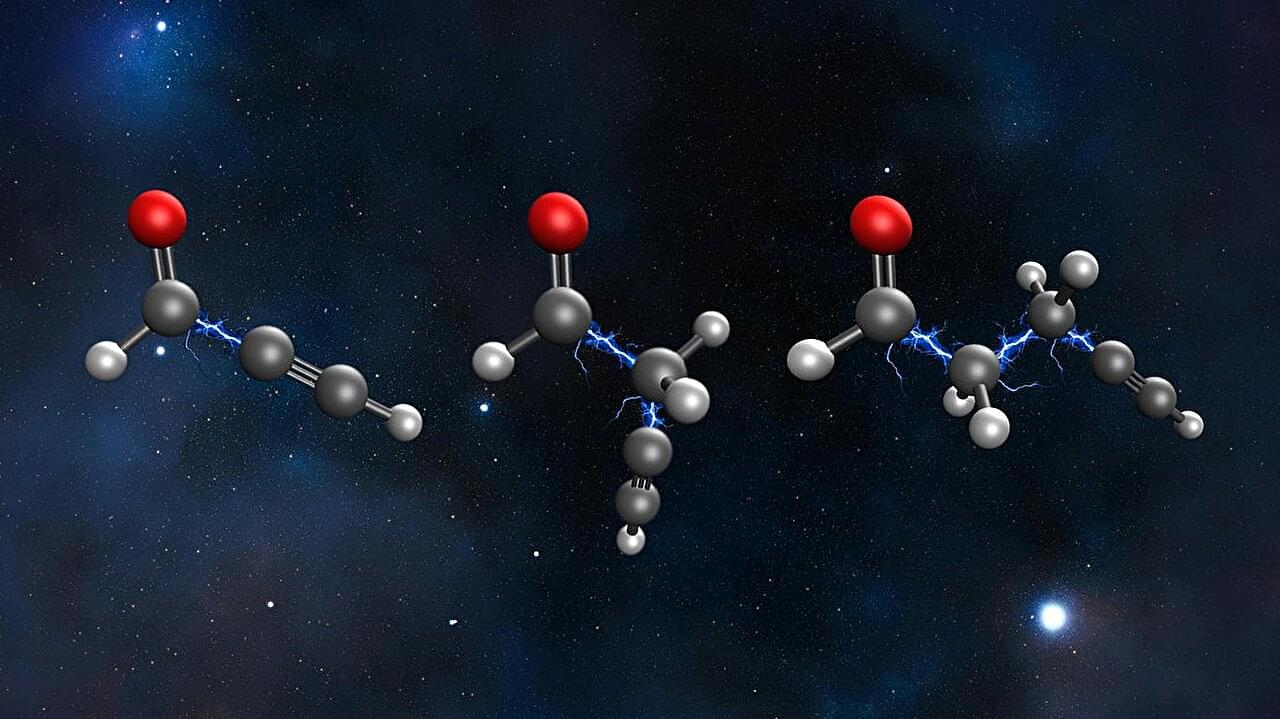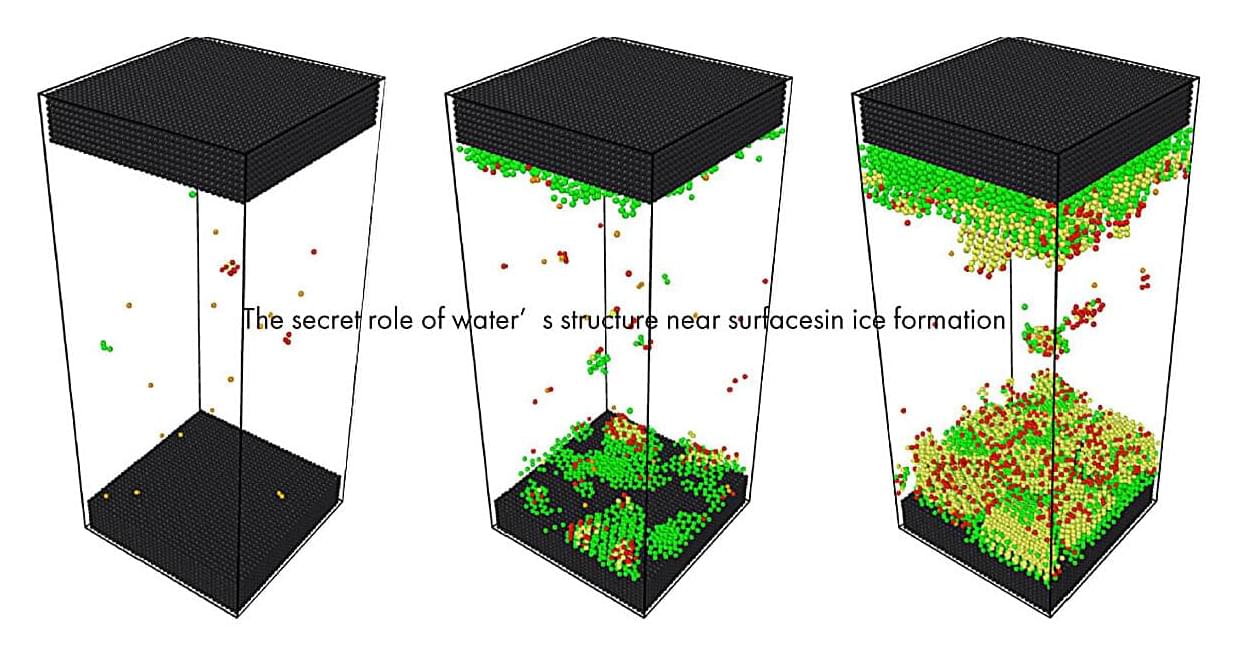For the first time in almost 30 years, the heaviest nucleus decaying via proton emission has been measured. The previous similar breakthrough was achieved in 1996.
The radioactive decay of atomic nuclei has been one of the keystones of nuclear physics since the beginning of nuclear research. Now the heaviest nucleus decaying via proton emission has been measured in the Accelerator Laboratory of the University of Jyväskylä, Finland. The research article was written as part of an international research collaboration involving experts in theoretical nuclear physics and published in Nature Communications on 29 May 2025.
“Proton emission is a rare form of radioactive decay, in which the nucleus emits a proton to take a step toward stability,” says Doctoral Researcher Henna Kokkonen from the University of Jyväskylä









